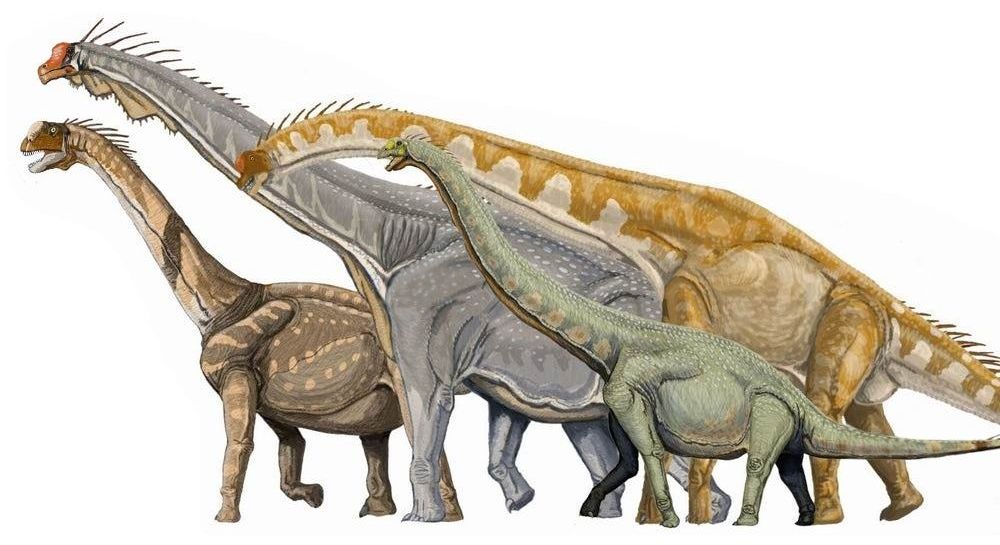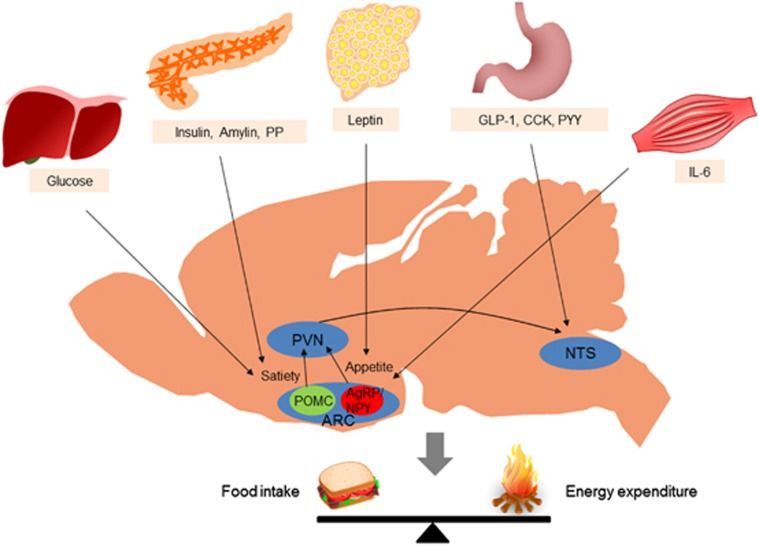What information is retained in a memory over time, and which parts get lost? These questions have led to many scientific theories over the years, and now a team of researchers at the Universities of Glasgow and Birmingham have been able to provide some answers.
Their new study, which is published today (May 26, 2021) in Nature Communications, demonstrates that our memories become less vibrant and detailed over time, with only the central gist eventually preserved. Moreover, this ‘gistification’ of our memories is boosted when we frequently recall our recent experiences.
The work could have implications in a number of areas, including the nature of memories in post-traumatic stress disorder, the repeated questioning of eye-witness testimonies and even in best practice for exam studying.






